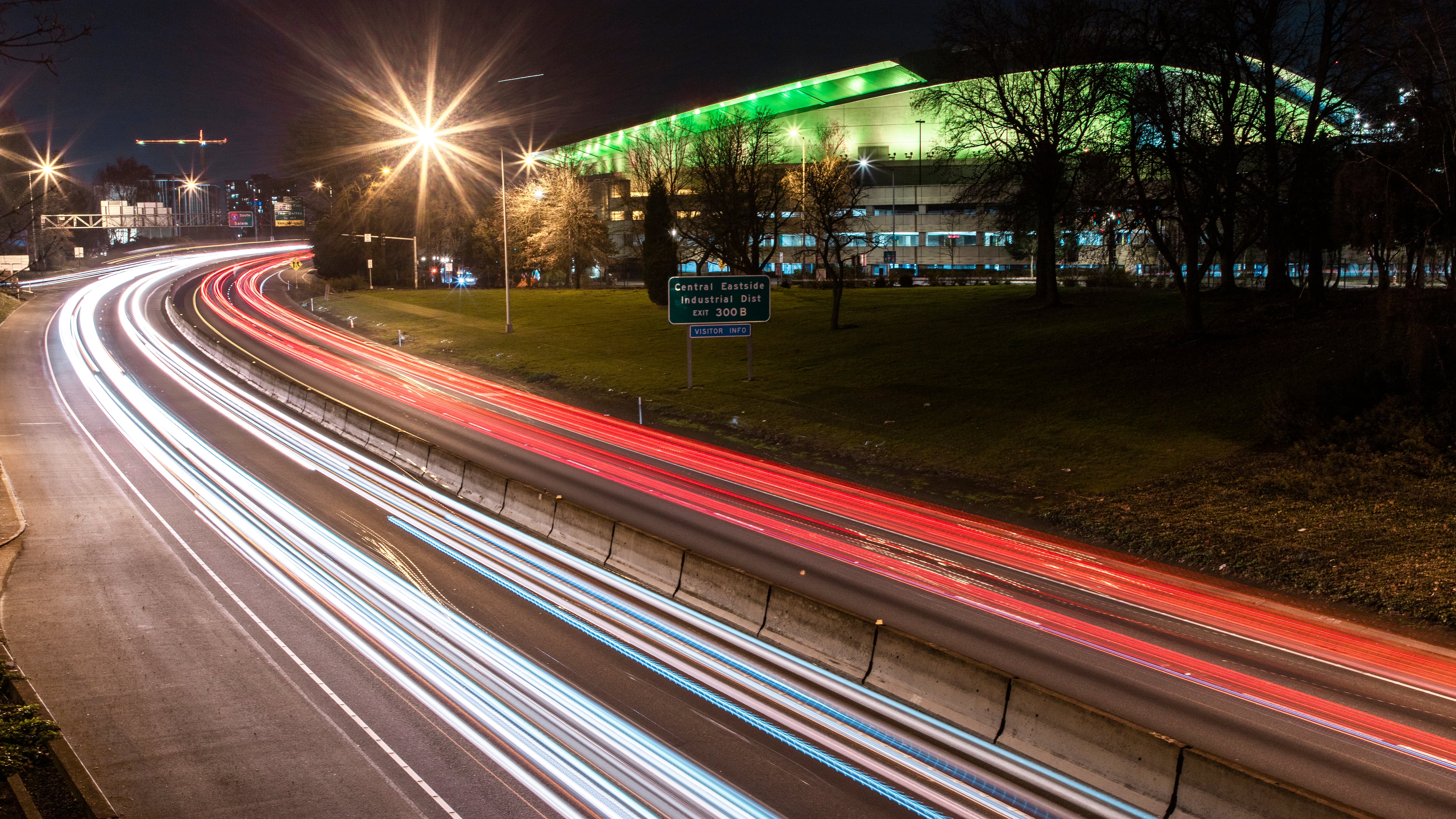Writing in Bloomberg CityLab today, David Zipper, a visiting fellow at Harvard, explores the concept of “induced demand,” which says that if highway departments build additional lanes, new traffic will soon fill those lanes.
Zipper looks at freeway widening projects all over the country, from decades ago to the present day.
His conclusion, abundantly supported by transportation experts, including the assistant director of planning at the Nevada Department of Transportation, is that expansions rarely achieve the goal of reducing congestion. Zipper notes widening didn’t work in New York 60 years ago, hasn’t worked in booming sprawling cities such as Houston and Atlanta, and probably won’t work in Austin, where Texas officials are planning a $7.9 billion expansion of the I-35 freeway that cuts through the heart of the city.
That might sound familiar to readers:
“The budget for Portland, Oregon’s Rose Quarter freeway expansion, which promises to both smooth the state’s biggest bottleneck and boost economic development in the predominantly Black neighborhood decimated by the original freeway’s construction, is now north of $1 billion,” Zipper writes.
“If the definition of insanity is doing the same thing over and over and expecting a different result, then these transportation agencies seem certifiably nuts. Why is it taking so long—and why has it been so hard—for officials to recognize the futility of urban roadway expansion?”
